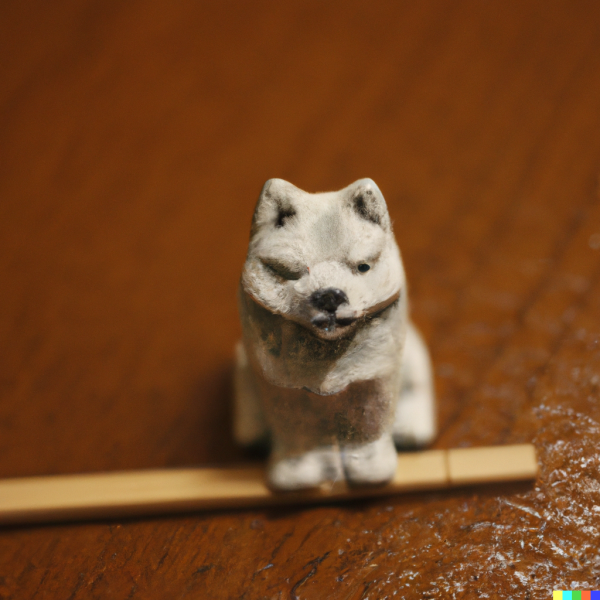
Dangling stick. Dino claws, Idling thumb and forsaken pinkie. No, these don’t describe the current state of the thumb we smashed, broke, and lacerated the other day when a heavy door slammed shut on it (think primal scream), but they do have something in common. They are a few of the dozens of ways that chopsticks can be used.
It’s said that there are two kinds of people in the world, those who use chopsticks, and those who don’t. Given that billions of people around the world use chopsticks to eat, we have to think the equation of those “who do” versus those “who don’t” might be lopsided.
The Chinese have been using chopsticks since at least 1200 B.C.
By A.D. 500 the “sticks” had swept the Asian continent from Vietnam to Japan.
Back in the day (give or take a thousand years), chopsticks were used mainly to cook. It was when China’s population boomed – around 400 AD, that people began eating with them because resources were limited, and cooks had to come up with ways to save money. They began chopping food into smaller pieces because smaller pieces required less cooking fuel, and as it happened, smaller pieces also happened to be perfect to pick up with the tweezers-like grip of chopsticks.
As food became bite-sized, knives essentially became obsolete, but blame Confucius for their total decline. A vegetarian, Confucius not only believed that sharp utensils at a dinner table would remind eaters of a slaughterhouse, but that the sharp points of knives would evoke violence and warfare, and kill the mood of what was supposed to be the contented mood of a meal.
Different cultures developed different chopsticks, as well as methods. Chinese chopsticks feature a blunt rather than pointed end, and in Japan, chopsticks came to be 8 inches long for men and 7 inches long for women. Some cultures ate with chopsticks made of bamboo or wood, though the wealthy ate with sticks made of ivory, jade, coral, brass or agate versions.
We honestly don’t know if chopstick rests were part of an ancient table setting, but they are now. Wikipedia writes that chopstick rests are considered “tableware,” similar to a knife rest or a spoon rest, and are used to not only to keep chopstick tips off the table, but to prevent used chopsticks from contaminating or rolling off tables. These days, they come in various shapes made of different materials including clay, wood, plastic, metal, glass, porcelain or precious stones such as jade; in East Asia, such rests are usually used at formal dinners where they are placed on the front-left side of the dishes, the chopsticks parallel to the table edge, the points toward the left, or to the right side of the dishes, with the chopstick points towards to the front (details!)
In at least one culture, the chopstick rest plays an important role. In Japan, one doesn’t place their sticks on a plate or bowl while eating, it’s a breach of etiquette. Using the rests indicates that one has finished eating.
But leave it to human beings to also make a utilitarian item a collectable (you can read more about this here). Suffice it to say that chopstick rests have become highly decorative and have been fashioned to resemble leaves, tools, animals, and of course, dogs. From the Shiba Inu and Dachshund to the Akita, using any search engine will yield good results.
Whatever your chopstick rest, if you have a chance to eat something with Japanese people or eat out in Japan, consider learning about the Japanese expression, “Itadakimasu.” The core of the phrase “itadaku” is the polite way to say “take” or “get,” and is used when one receives something from someone else, usually a person who is in a higher position. Before eating, diners put their hands together and say, “Itadakimasu!” Some say it as if they are saying it to themselves, while others might say it to the person who cooked for them, or to the person who served them their food. In fact, we’ve read that during lunch time in Japanese elementary schools, one or two representative kids stand in front of the class and say, “Itadakimasu!” After that, every other kid says, “Itadakimasu!” and they start eating.
Is the world and its diversity not a marvelous place?
